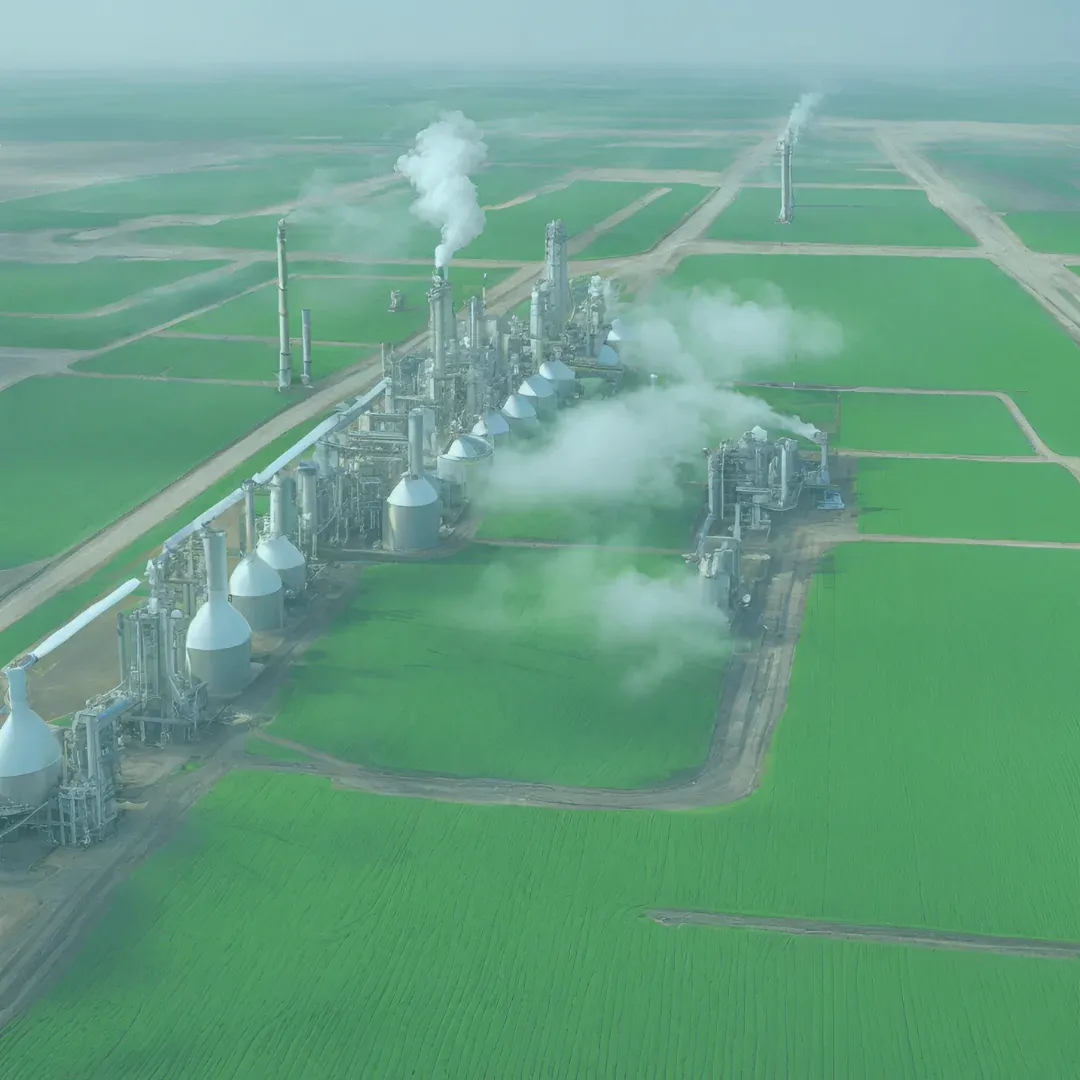
Assessing the Viability of Green Ammonia for the Fertilizer Industry of Pakistan
Pakistan’s agriculture, which contributes a substantial 22.64% to the nation’s GDP, is deeply intertwined with the fertilizer industry, crucial for its sustained growth and food security. Urea and its derivatives, making up 80% of the fertilizer landscape, underscore the indispensable role of ammonia as a foundational raw material. Yet, the prevalent method of ammonia production, the Steam Methane Reforming (SMR) process, is both energy-draining and carbon-intensive, emitting an alarming 2.4 metric tons of CO2 for every metric ton produced . This research explores the transformative potential of green ammonia. Highlighted by the International Energy Agency (IEA) as an instrumental solution for worldwide decarbonization efforts, green ammonia could revolutionize Pakistan’s fertilizer sector. Embracing this eco-friendly alternative not only signifies a greener method for Urea synthesis but also capitalizes on Pakistan’s rich reserves of renewable energy and abundant water sources. Transitioning to green ammonia production via electrolysis, Pakistan stands to render its fertilizer industry resilient against the uncertainties of fossil fuel markets. The study profoundly emphasizes the economic and environmental advantages of green ammonia within Pakistan’s fertilization ecosystem.
